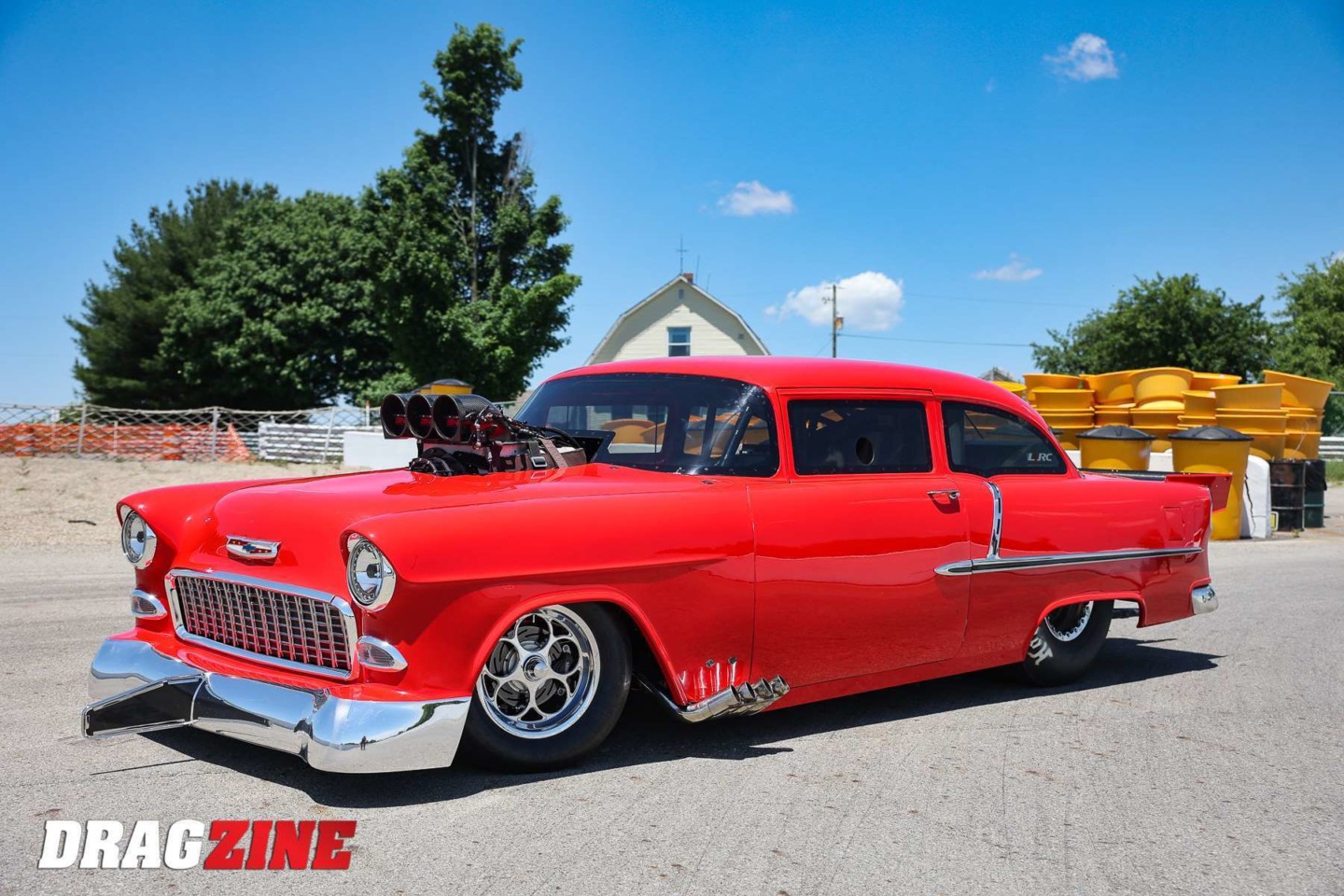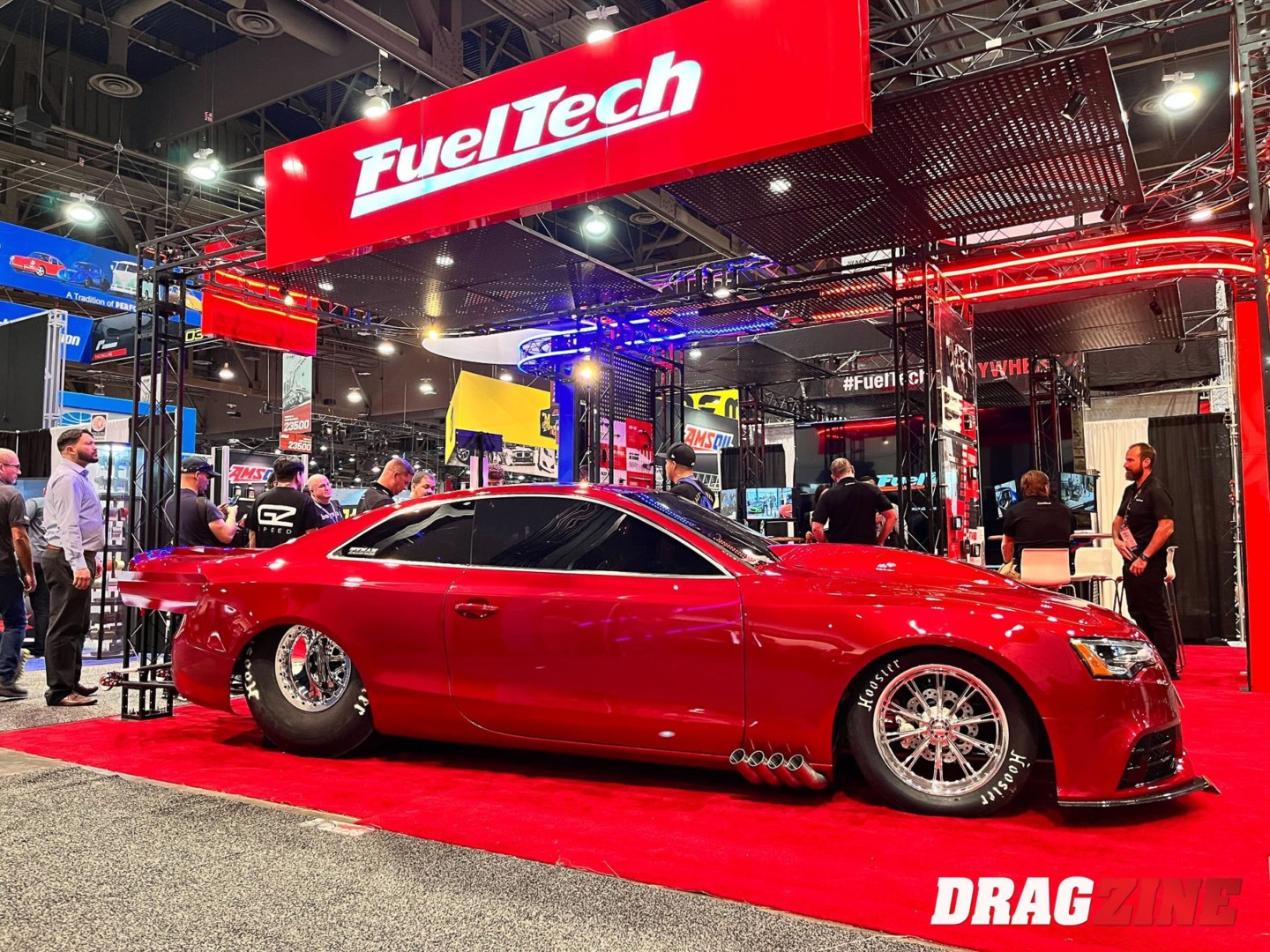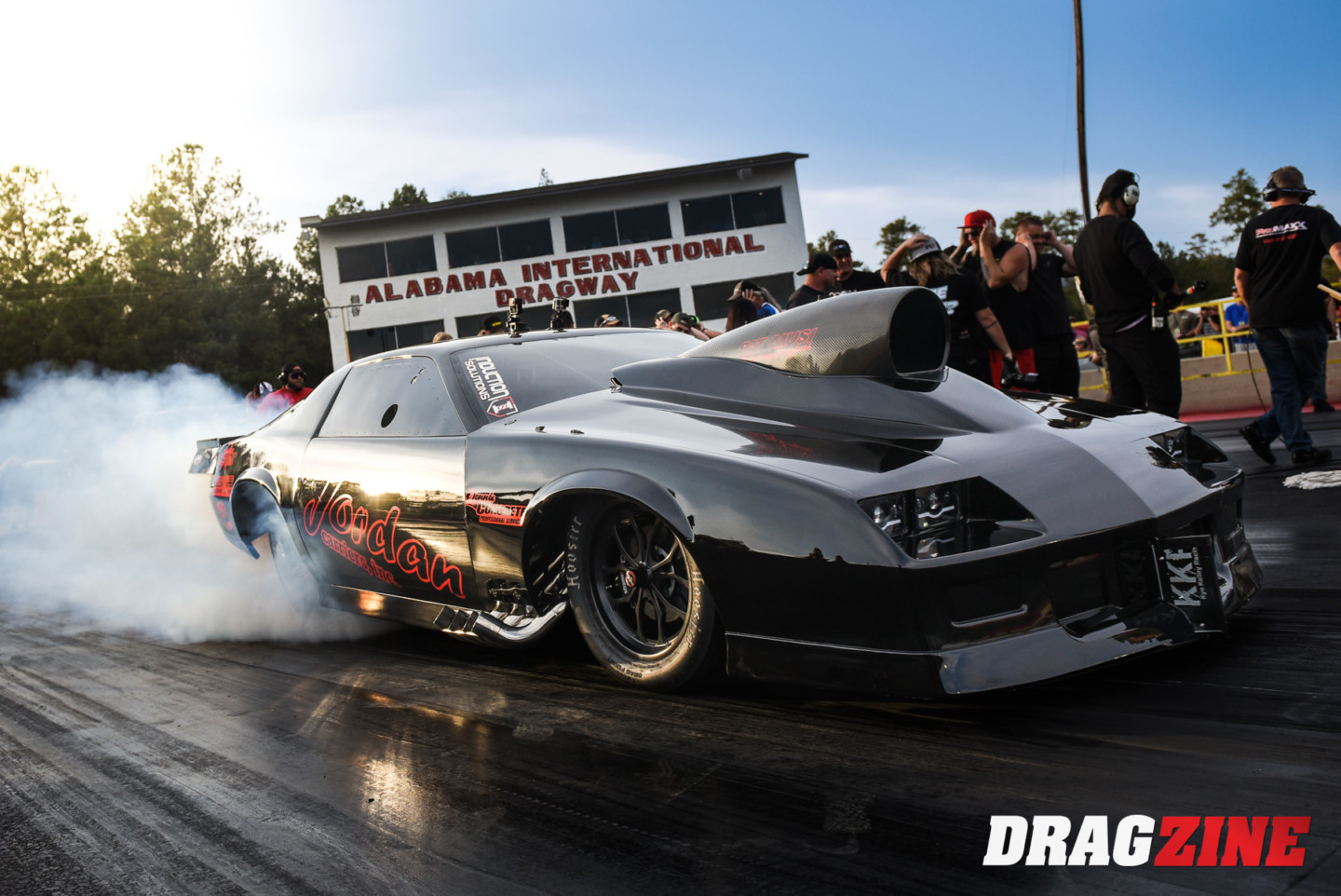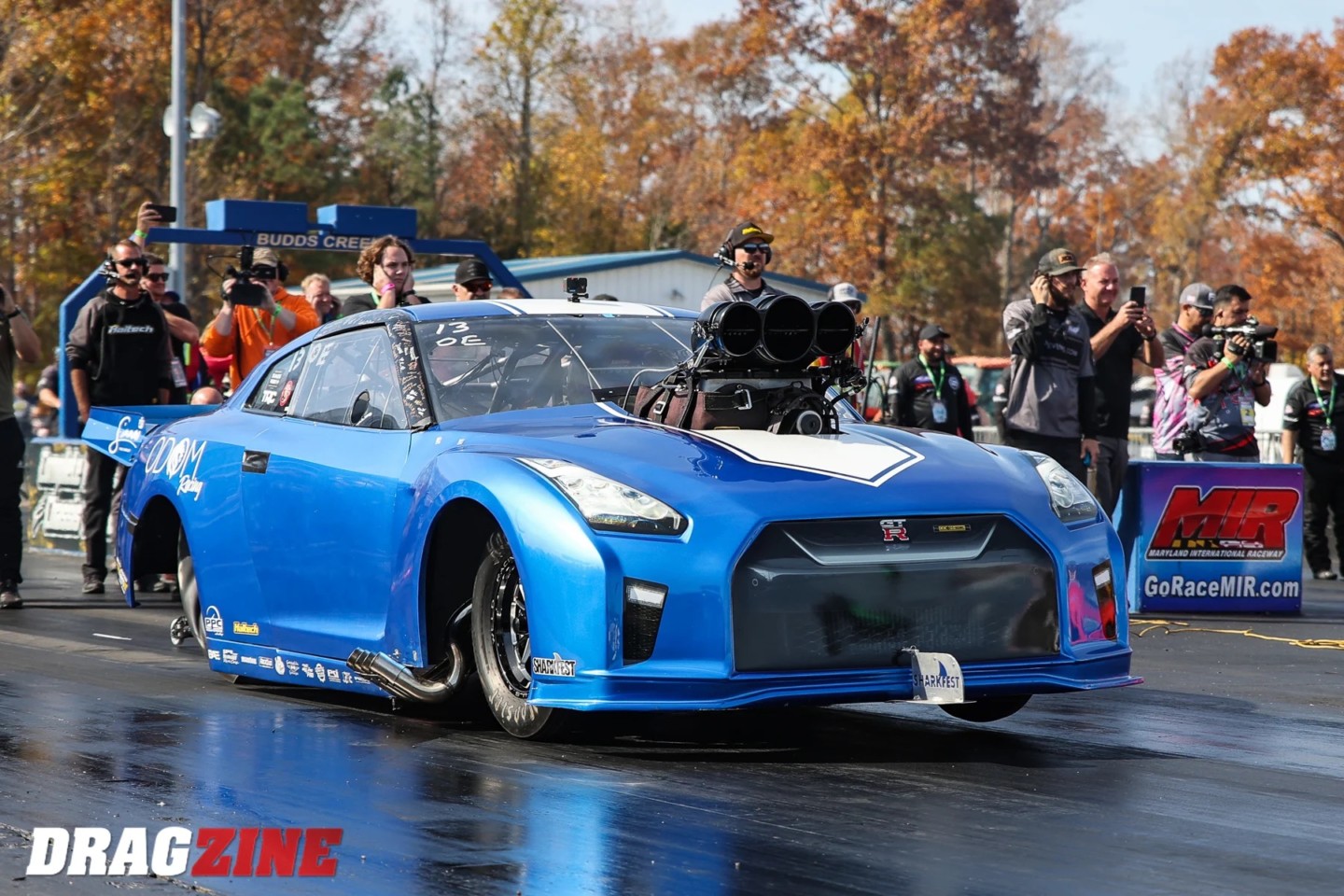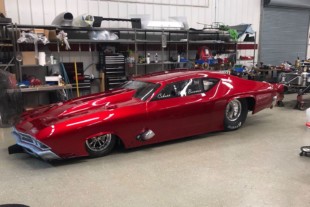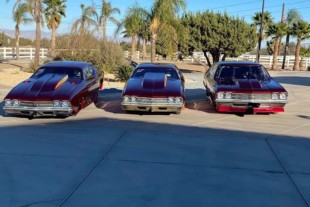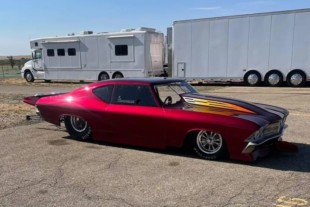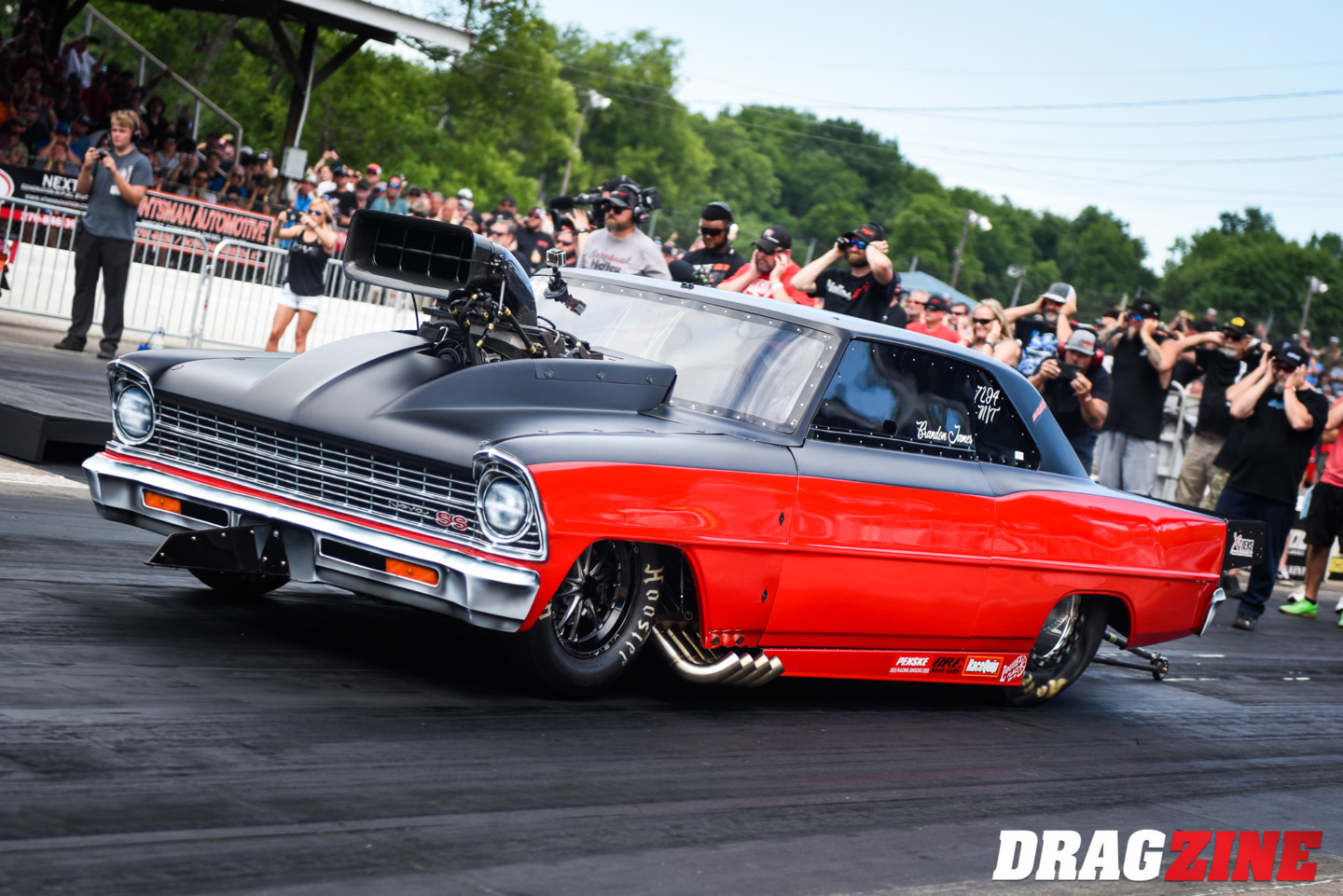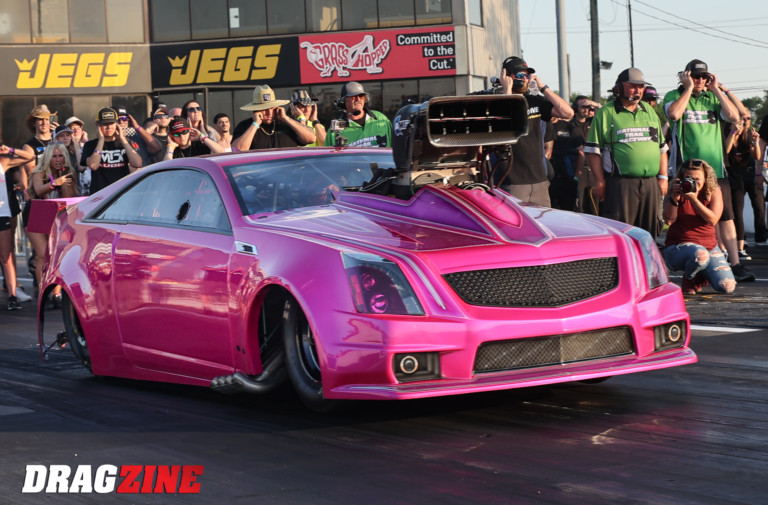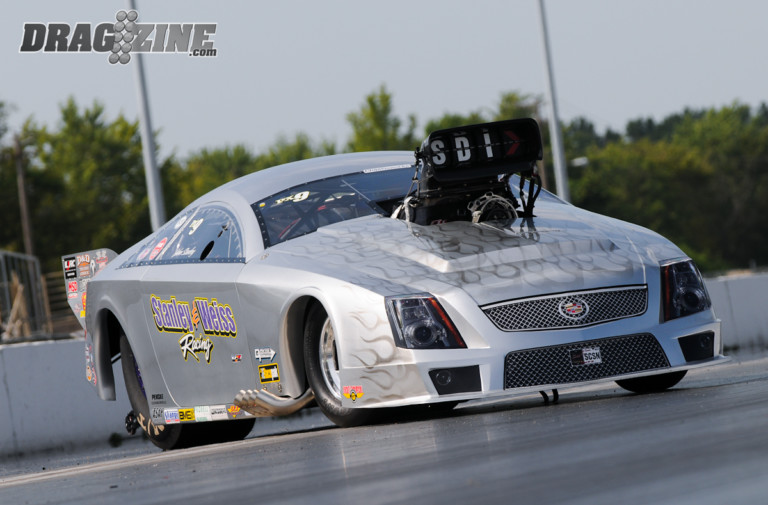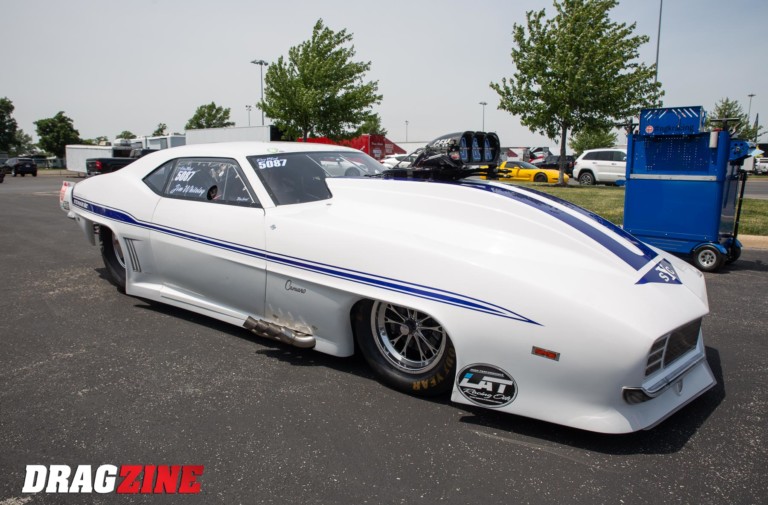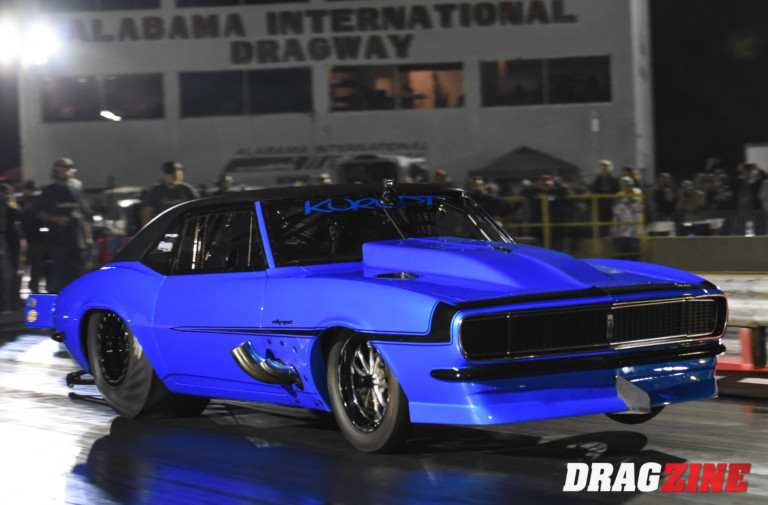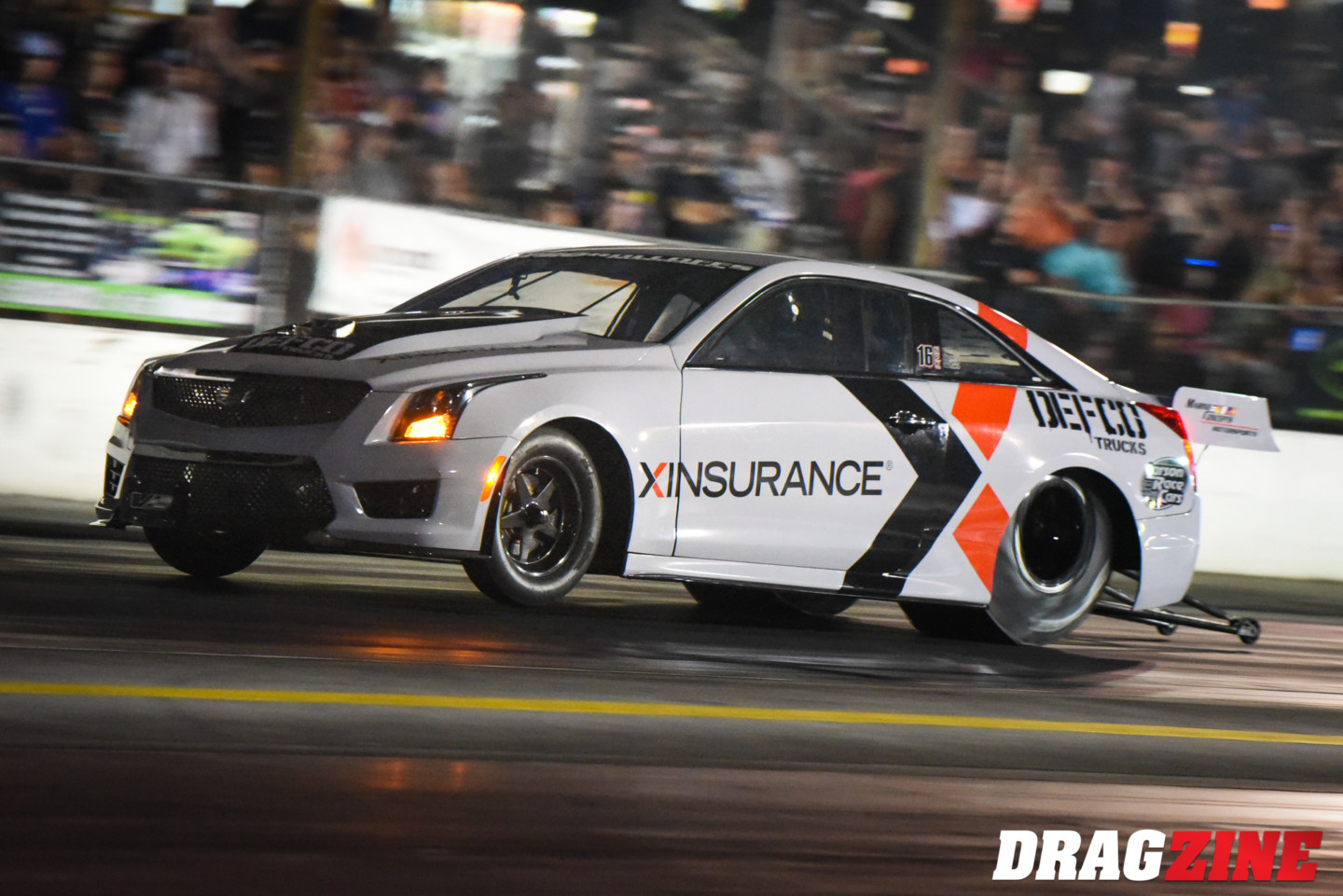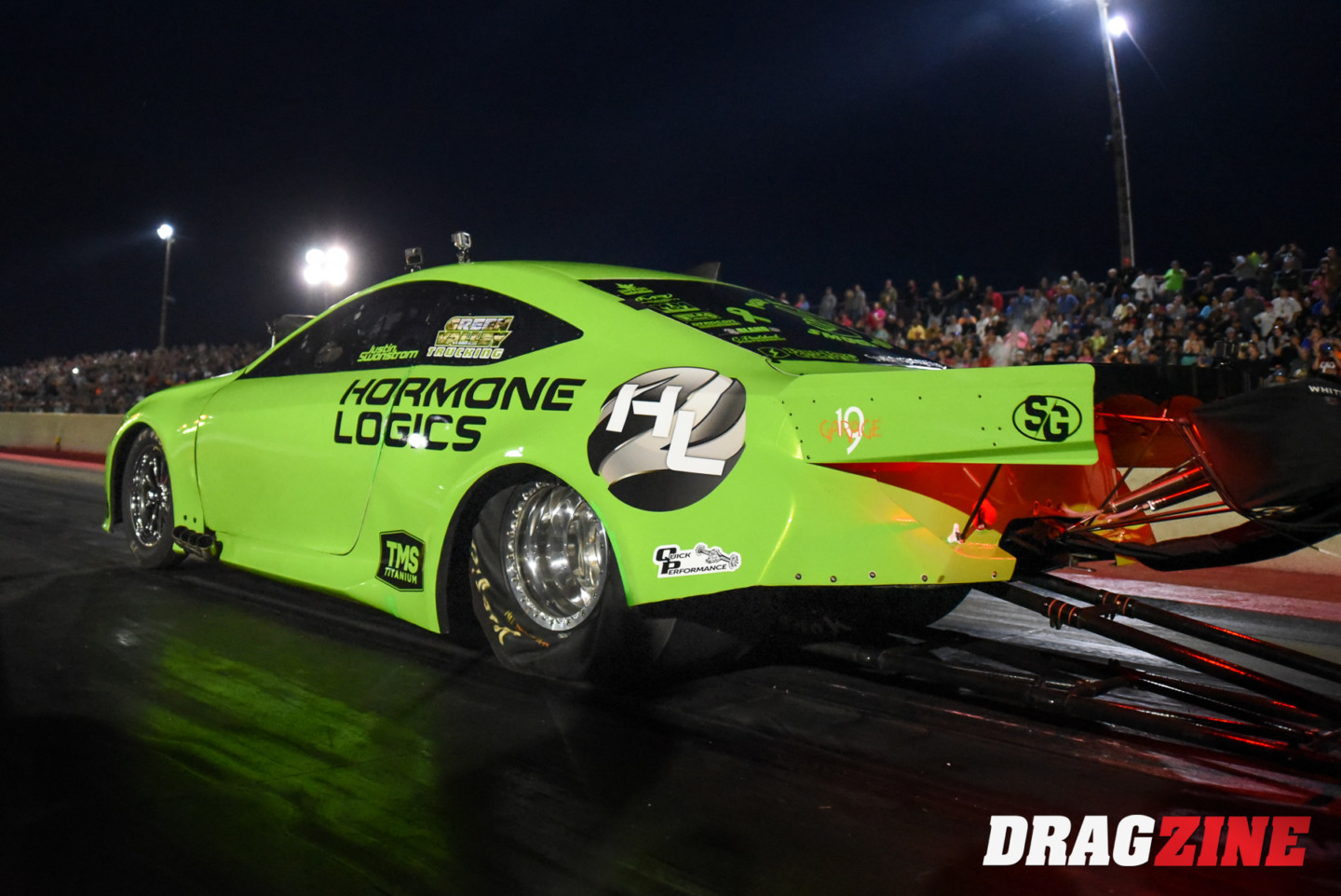Last week, “Street Outlaws” star Daddy Dave Comstock revealed his striking new Audi S5 at the SEMA Show in Las Vegas, marking the latest in a line of unconventional automobiles transformed into world-class racing machinery for the highly popular “No Prep Kings” series.
Since it’s earliest days — and certainly in the era of “No Prep Kings” — the franchise has maintained a strict standard by which its cars are held. While very much a max-effort race car underneath, the goal has been to retain the outward-appearing DNA of the original vehicle, to make the cars identifiable and therefore relatable to the average car guy or gal.
While there was little in the way of intent to make the earliest of Pro Modified cars look like real cars, many of them in fact did. A quick flip through photo albums or old videos on YouTube and you’ll find Pro Modified cars in the early 1990s exhibiting wildly varied degrees of modification — some were chopped, channeled, the quarter panels expanded for tire clearance, giant wings, and long noses. But others were much more in line with the Pro Stock cars of the era aesthetically, and save for the oversized rear wings they had, could potentially pass as a “No Prep Kings” car today.
But Pro Modified very swiftly adopted function over form in an effort to push the boundaries of a full-bodied car to the absolute limit, and the rest is really history. Long, narrow, and low cars are lighter, quicker, and faster; they fit the largest of tires without any modification or ride height issues; and you can put the engine, drivetrain, and the weight where it performs best. Modern-day Pro Modified cars are generally identifiable, and while they don’t get near the heat as Funny Cars for their “blobby” looks, they are indeed a very liberal impersonation of an original vehicle.
“No Prep “Kings” cars have, in some ways, turned back the clock. Every car is required to utilize OEM factory steel roof and quarter panels, which results in a far more stock-appearing finished product than their Pro Modified counterpart. Wheelbase can only be adjusted plus-or-minus 3 inches from stock, making the longest of cars around the 115-116 inch wheelbase of a Pro Modified car, and the more popular body styles a few inches shorter.
Californian Mike Bowman can illustrate the visual differences between a no-prep and Pro Modified car perhaps better than anyone else -- because he owns both. Note in the center image, the pair of scaled-down Chevelle Pro Modified cars next to his OEM-appearing "No Prep Kings" entry. Photo credit: Mike Bowman Racing
The “No Prep Kings” rules state the body just maintain “an overall OEM factory style and external/outwardly appearance of year, make, and model being represented.” Likewise, the lightweight carbon-fiber front ends have to maintain the same overall factory style and appearance, and unlike Pro Modified and Pro Stock noses, this area in particular makes a huge difference in the overall appearance of a car. Anything that falls outside the written or spirit of the rules has been ushered out the door by the rules committee.
The preferred use of the large 36-inch rear slick, coupled with the often limited confines of factory quarter panels, has created some unique differences between a no-prep car and Pro Modified, namely slightly taller ride heights and a narrowed rearend stance with certain bodies.
That, coupled with the shorter wheelbase, the engine setback, the overall larger, less aerodynamic body, and the weight, means they don’t drive or perform quite like a Pro Modified car. That said, I would challenge anyone to watch one of each go down the same racetrack, without the clocks on, and tell the difference. Fact is, no-prep cars are fast…faster than many casual fans think they are, and in my personal opinion, their very design (nevermind the no-prep racing surface) makes them more entertaining to watch.
Beyond appearance, “No Prep Kings” has truly become the venue of variety — in a way, bringing back the variety that Pro Modified pushed aside long ago.
The Cadillac CTS-V side by side: Dean Karns' no-prep car (left) and John Stanley's Pro Modified version.
The “No Prep Kings” Invitational and Futures fields, on any given weekend, features every generation of the Camaro, including the otherwise-underrepresented second- and third-generation cars of Jerry “Monza” Johnston and Kye Kelley respectively, the Cadillac’s of Dean Karns and Larry Larson, Justin Swanstrom’s Lexus RCF 350, Robin Roberts’ 1968 Pontiac Firebird, Stan Allen’s and Jerry Birds’ former Pro Stock Ford Probes, John Odom’s Nissan GTR, Kayla Morton’s S197 Ford Mustang, Chuck Seitsinger and Mike Murillo’s Fox body Mustangs, Manny Alvarez’s 2020 GT500, Jeff Lutz’s Pontiac GTO, Dominator’s 1967 Dodge Dart, the Nova’s of Shawn Ellington, Brandon James, Shawn Wilhoit, Larry Roach, James “Doc” Love, and Tony McKinney, David Adkins’ C7 Corvette, Brad Eglian’s Chevy Beretta, Chuck Parker’s 1955 Chevy, Mike Bowman’s Chevelle, and the list goes on.
These first-gens are not the same...Pro Modified left, no-prep right.
Of the 42 cars that earned points in the “No Prep Kings” invitational in 2022, nine were 1967-69 Camaro’s, and 14 in all (33%) were a Camaro of any generation. Compare that to an NHRA Pro Modified or a PDRA Pro Nitrous or Pro Boost field, where’s it not uncommon for the first- and sixth-generation Camaro to comprise 80-90 percent of the entries, and it’s easy to see the disparity in variety between the two types of cars/venues.
What the producers and the competitors of the “Street Outlaws” franchise have done — without adequate credit, I should add — is breathe character, relatability, and much-needed variety back into supremely-fast doorslammer racing; they’ve proven that cars can look a whole lot more like real cars and sacrifice virtually nothing in the way of performance and on-track entertainment value. By daring to be different, by holding itself to a strict standard, it has created a “brand” of race car, a rolling identity, all its own. And we dig it.

